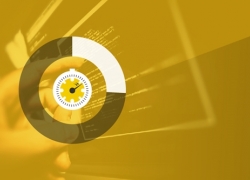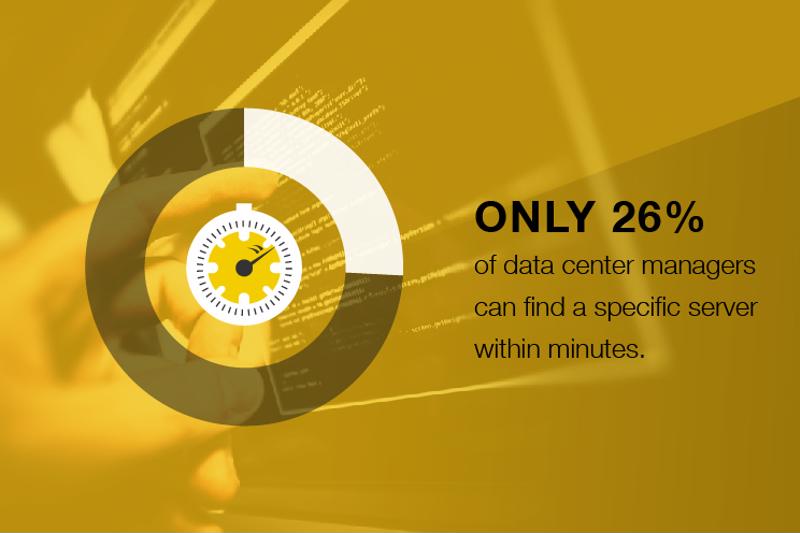The 3 most critical DCIM functions
The 3 most critical DCIM functions

In the not-too-distant future, the idea of running a data center without data center infrastructure management (DCIM) will be all but unfathomable. Firstly, data centers increasingly fall into that category of critical infrastructure. Just imagine trying to get anything done without access to your critical applications in the data center. You can't.
Secondly, like with other forms of critical infrastructure (i.e., the power grid), data aggregation technology such as smart sensors combined with the power of modern analytics is improving the visibility and performance of these mission-critical facilities. DCIM is out in front of that trend. It has been for years, and it will be for years to come. With that in mind, data center managers need to make sure their DCIM investments are sensible, and that means seeking out a solution with a key set of fundamental features, namely the following:
1. Real-time visualizations
Pundits will talk a lot about the Internet of Things, and the deployment of sensors that can collect data in the data center in real time and with extraordinary accuracy. The second half of that process involves subsequently analyzing that data as quickly as it is collected to monitor a facility's health in real time in order to continuously facilitate the following:
- Health: At any given moment, is everything operating to spec?
- Performance: How reliable is your facility right now?
- Efficiency: Are your resources directly contributing to the health and performance of your facility?
In order to answer these questions, DCIM compiles data collected through real-time monitoring, including rack temperature, humidity, airflow, power consumption and IT load, and visualizes that real-time information in a single, coherent interface. If something is amiss, you won't just know through your alerts - you'll also see it. This intuitive facility overview is perhaps the most powerful function that modern DCIM has to offer.

2. Asset and change management
According to Data Center Knowledge Contributor Michael Potts, only 26 percent of survey respondents said that they would be able to find a specific server within minutes of being asked about it. Meanwhile, 58 percent said that they could find it in four hours, and 20 percent said that it would take them a day or more to locate that equipment.
The purpose of asset management is to create a virtual inventory of all facility equipment, including servers, cooling equipment, network switches, power distribution units (PDUs), facility monitors and so on. Additionally, asset management provides an operational status for that piece of equipment and shows what other equipment it may be connected to or influencing at a given moment.
And finally, because the goal is to keep this information accurate up to the second, asset management facilitates change management, which is the documentation of any changes that are made to any assets in this virtual index of the data center. Every little adjustment that takes place in the facility is always accounted for.
3. Capacity planning
"Even the most optimized data centers can get blind-sided by growth."
Even the most optimized data centers can get blind-sided by growth if they do not adequately account for changes in resource consumption over time. This goes beyond recording events. It requires a replete understanding of a facility's resource limitations. This includes footprint (physical space) and IT load, but also cooling capacity and power consumption.
This is where DCIM's capacity planning capabilities come into the picture. By tracking resource consumption trends over time and analyzing them, facility managers can follow growth patterns to understand resource capacities and adjust according to future trajectories. A best-in-class DCIM solution will also feature predictive modeling that allows for the simulation of hypothetical facility setups and scenarios.
Though it appears third in this list, capacity planning is no less important than anything preceding it, especially considering the rapid rate at which data is being created, physical functions are being digitized and workflow functions are being automated. Change is the only constant now. Are you ready for it?



